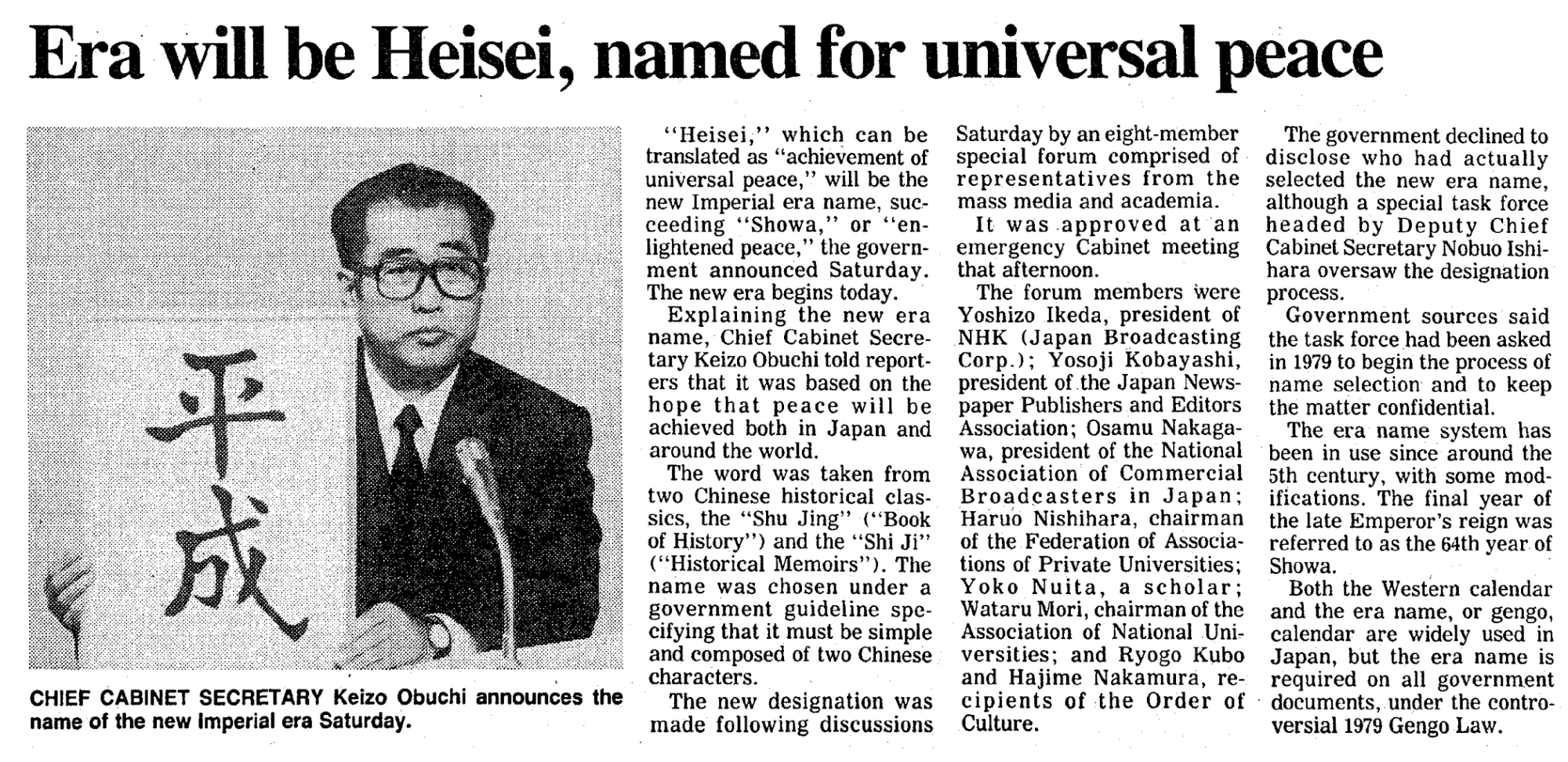The articles in this series were compiled from contributions by members of the Political and Diplomatic Review project of the Tokyo Foundation for Policy Research to the forum on "Japan since the Meiji Restoration" held to reassess the 150 years since of the start of Japan's modernization. In Part 3, Taizo Miyagi focuses on Japan's political path during the three decades of the Heisei Era in the context of international trends.
I would like to explore two topics as they pertain to the 150-year arc of modern Japanese history since the Meiji Restoration (1868) and to our current Heisei Era (Since 1989), now in its 30th year. The first is the impact of international affairs on domestic politics, and the second is Japan's position within the East Asian region.
Ever since the mid-19th century, international affairs have exerted a decisive influence on political developments within Japan. The threat from the industrial West, symbolized by the arrival of Matthew Perry's "black ships" in 1853, helped precipitate the fall of the Tokugawa shogunate and the rise of the Meiji government. The multilateral treaties and pacts concluded during the Washington Conference of the early 1920s helped to stabilize the Asia-Pacific order and facilitated the rise of a stable two-party parliamentary system in Japan during the second half of that decade. In contrast, the global instability of the early 1930s fueled the rise of right-wing "reformist" elements within the military.


















With your current subscription plan you can comment on stories. However, before writing your first comment, please create a display name in the Profile section of your subscriber account page.